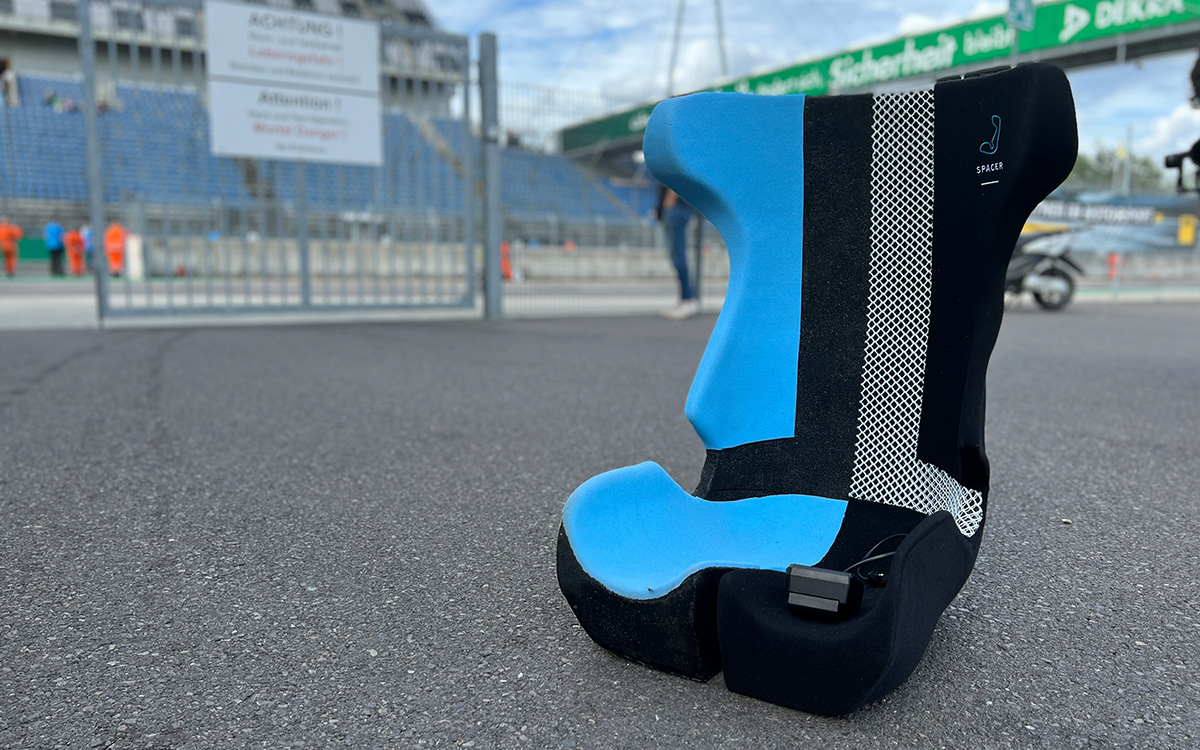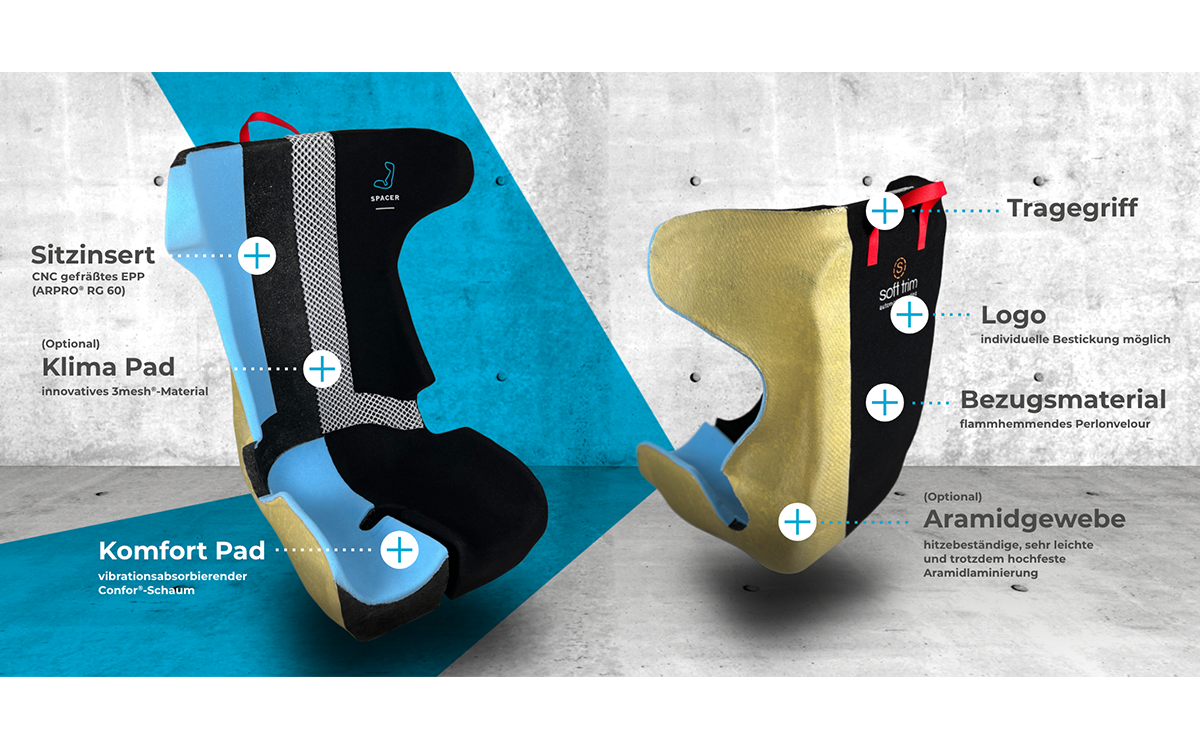All fired up for safety in motorsport: SPACER tested All fired up for safety in motorsport: SPACER tested
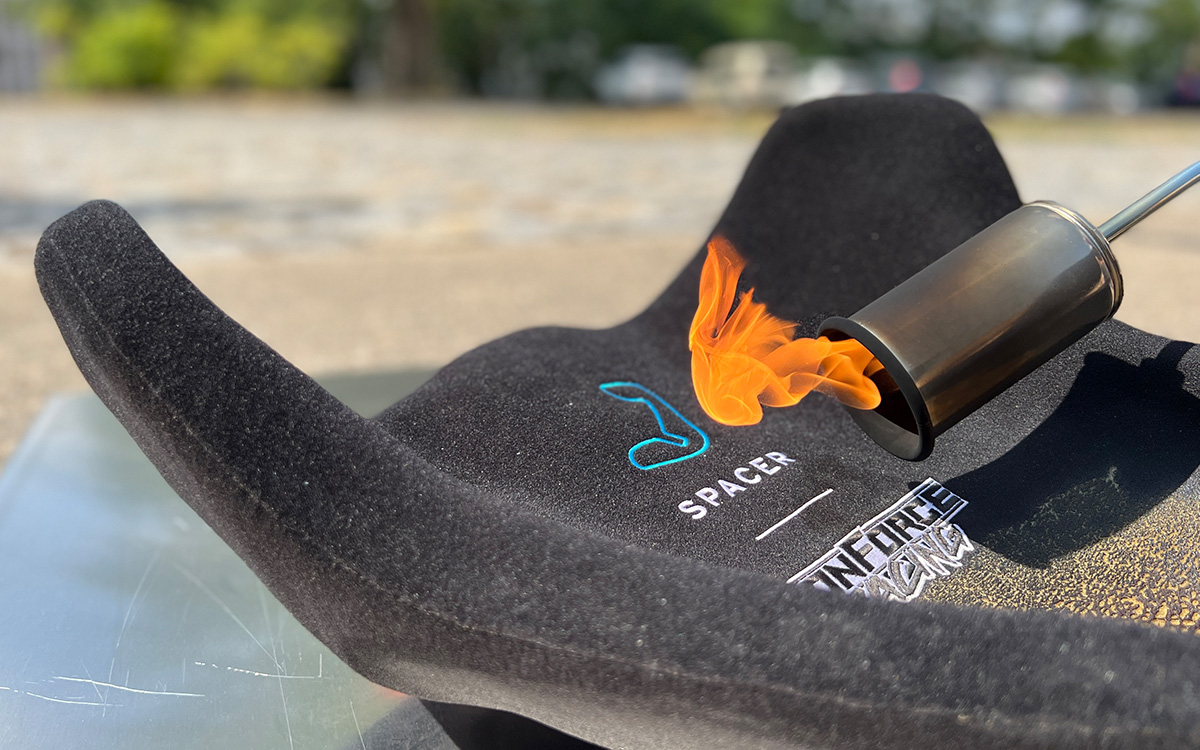
They were images that made every motorsport fan shiver. On 29 November 2020, Romain Grosjean crashed through a guardrail at the Bahrain Formula 1 Grand Prix at 192 km/h after colliding with a competitor. The car immediately broke apart and erupted in a huge fireball. Grosjean fought himself out of the cockpit after 27 seconds in the inferno and escaped with only minor burns. A terrible accident that probably would have been fatal a few decades ago. While outsiders spoke of a miracle, experts were certain that the Frenchman only escaped with minor injuries due to the high safety standards in modern motorsport.
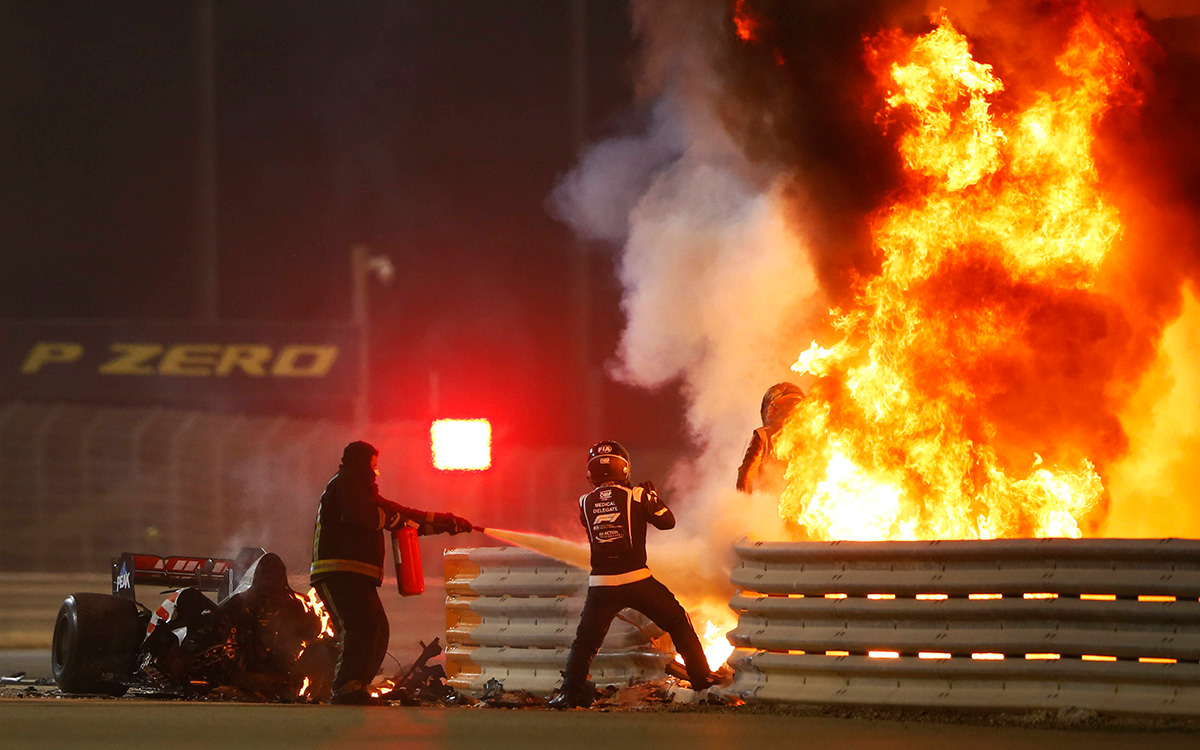
Romain Grosjean saves himself from the flames under his own power. ©IMAGO / Motorsport Images
Increasing safety standards protect vehicle occupants
Despite high safety standards, such fire accidents in motorsport can never be ruled out. It is important to protect the drivers as best as possible. In addition to the safety equipment consisting of a fireproof overall, helmet, gloves and shoes, the FIA, as the international umbrella organisation of automobile clubs and motorsport associations, has regulated the fire-retardant materials in race cars. According to the FIA regulations, only seats and seat shells whose surface is not flammable or only within a certain limit may be used in the cockpit of a race car.
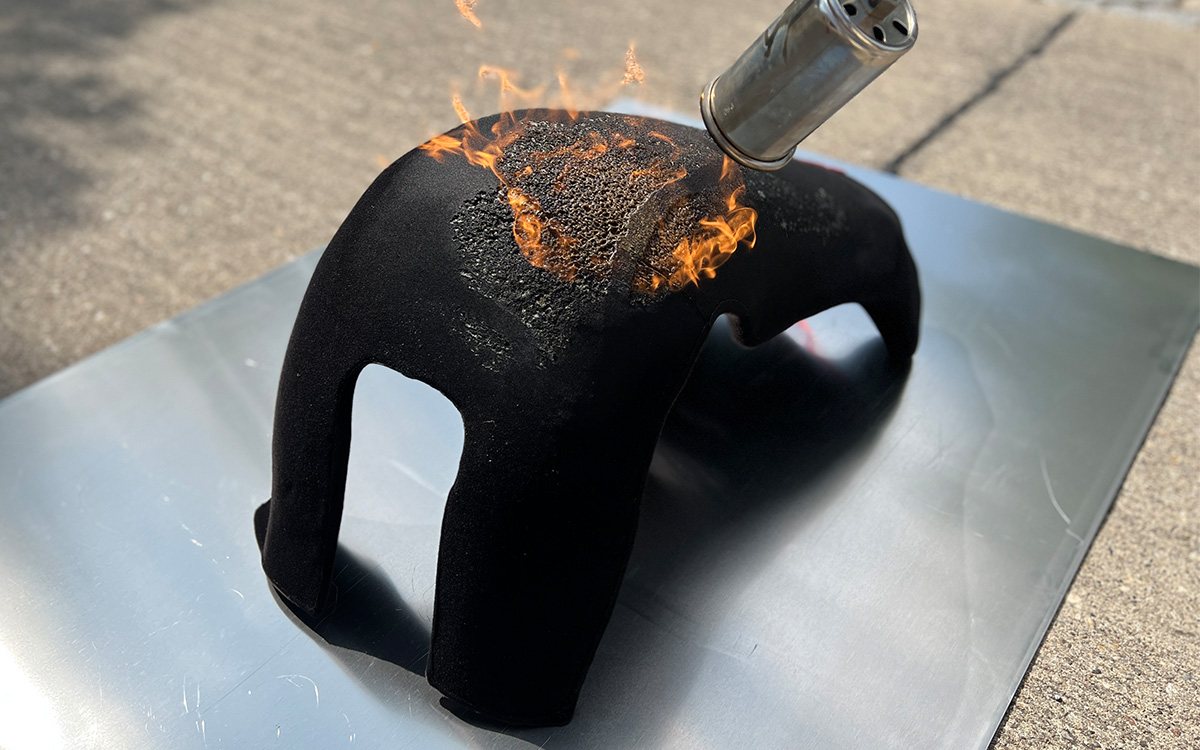
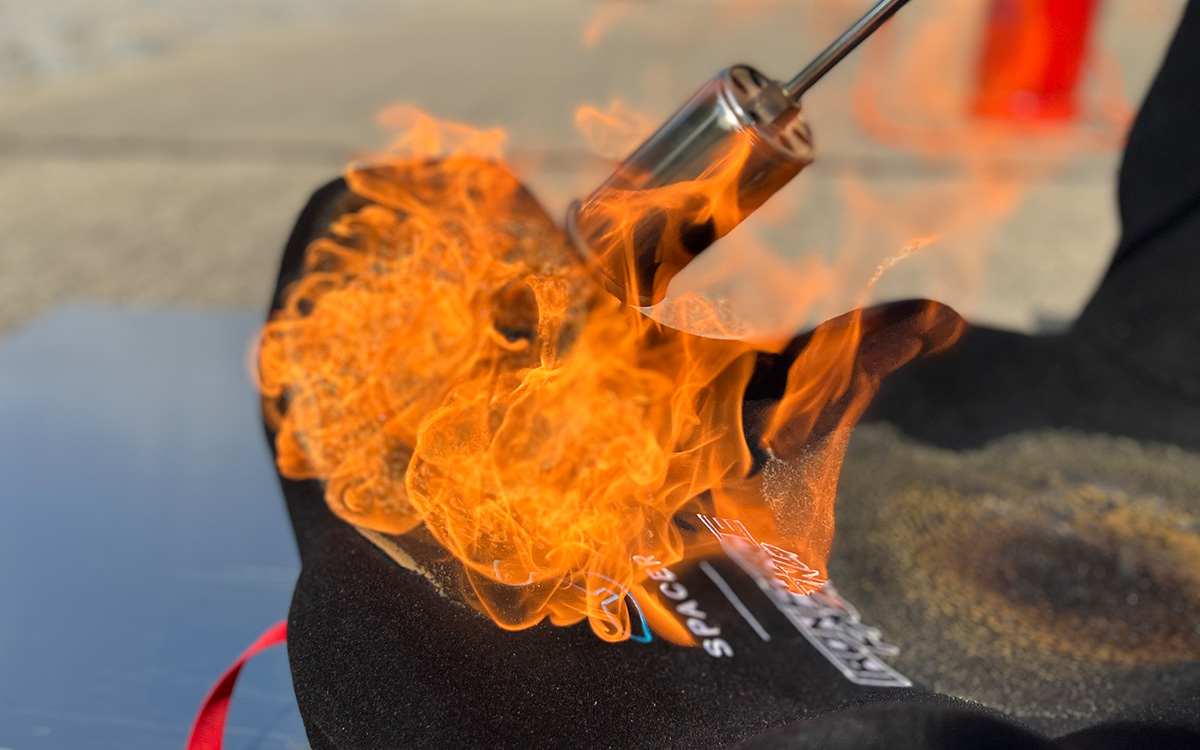
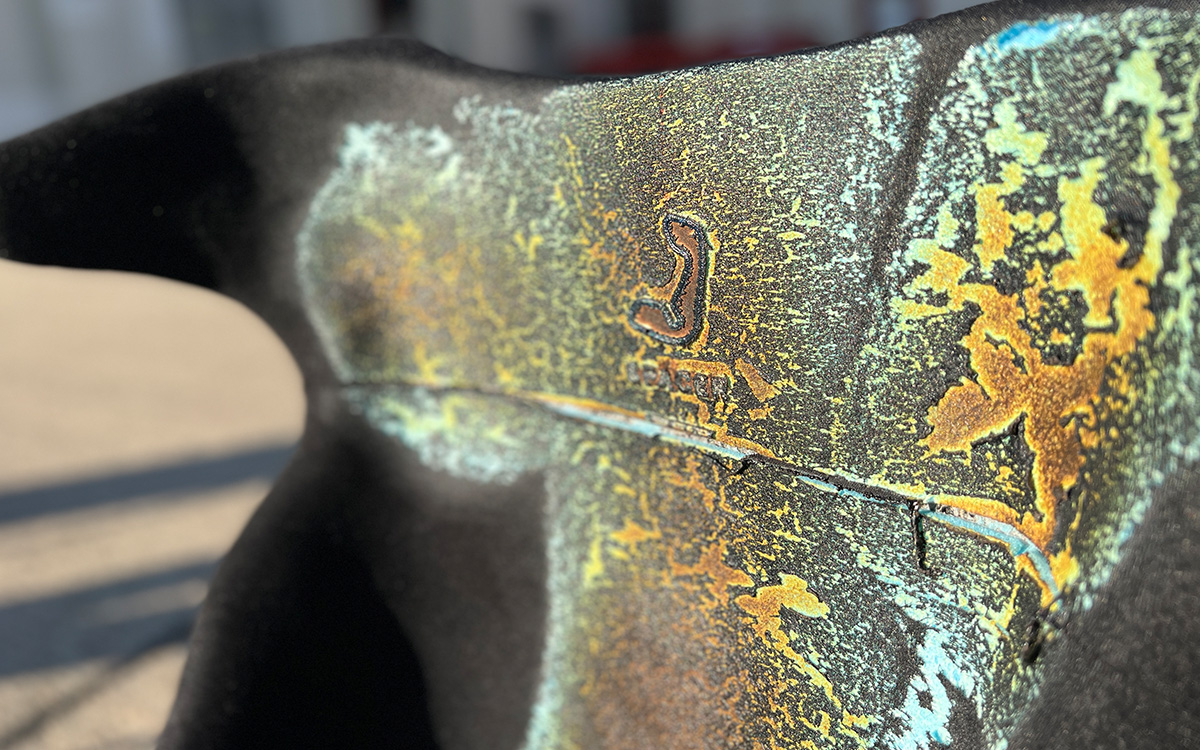
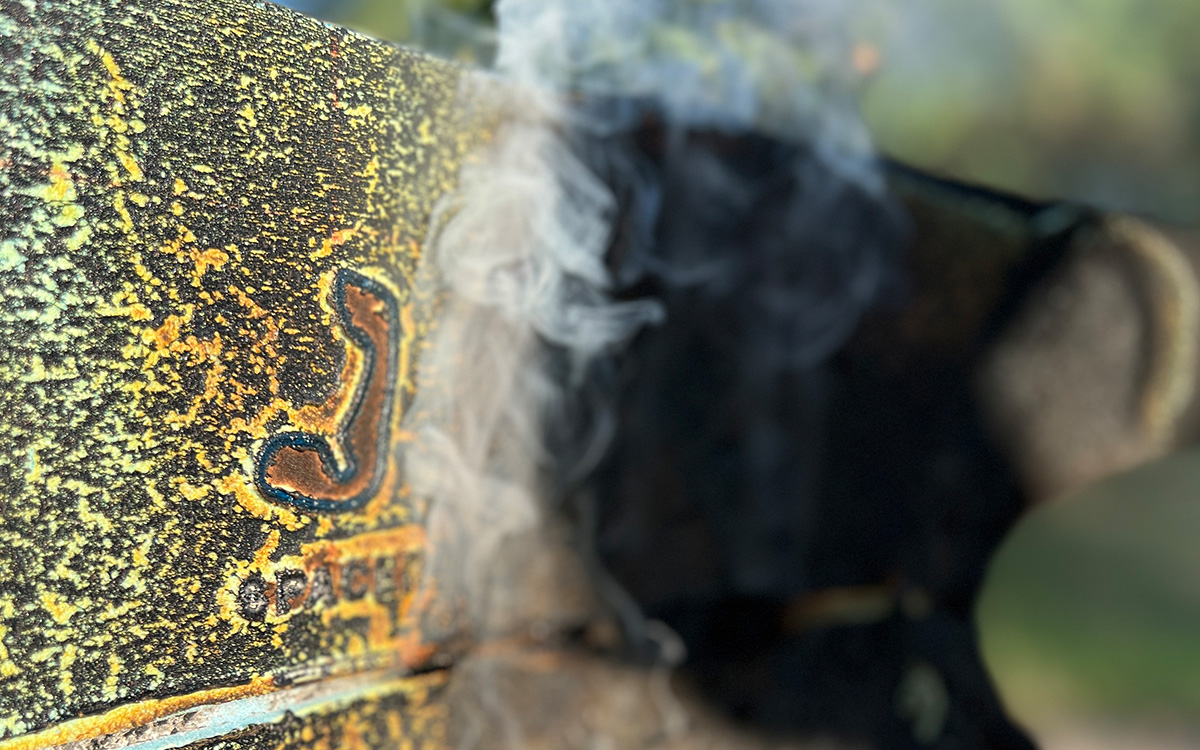
Burning behaviour is crucial
The benchmark for this safety standard is ISO 3795 for interior fittings in road and race cars. To test according to the standard, small material samples of the seat shells are ignited in a controlled environment. The distance over which the flame spreads in one minute is measured. In order to pass the test, a burning rate of 75 mm per minute cannot be exceeded.
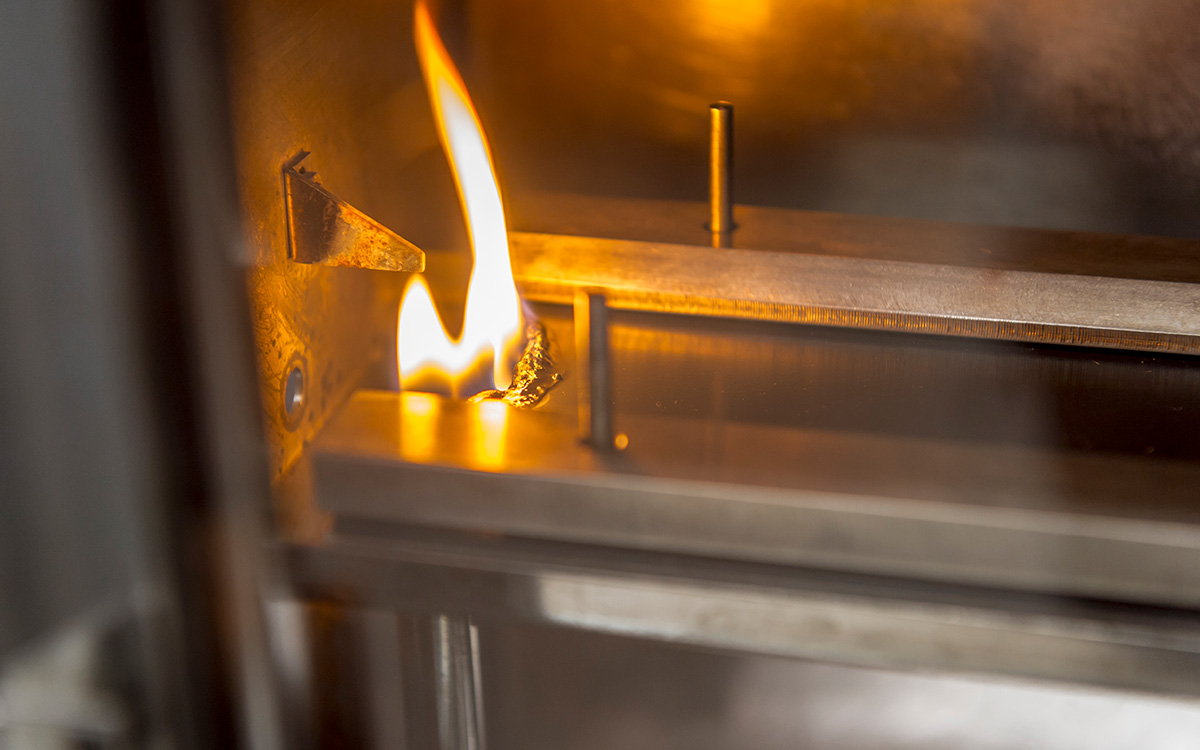
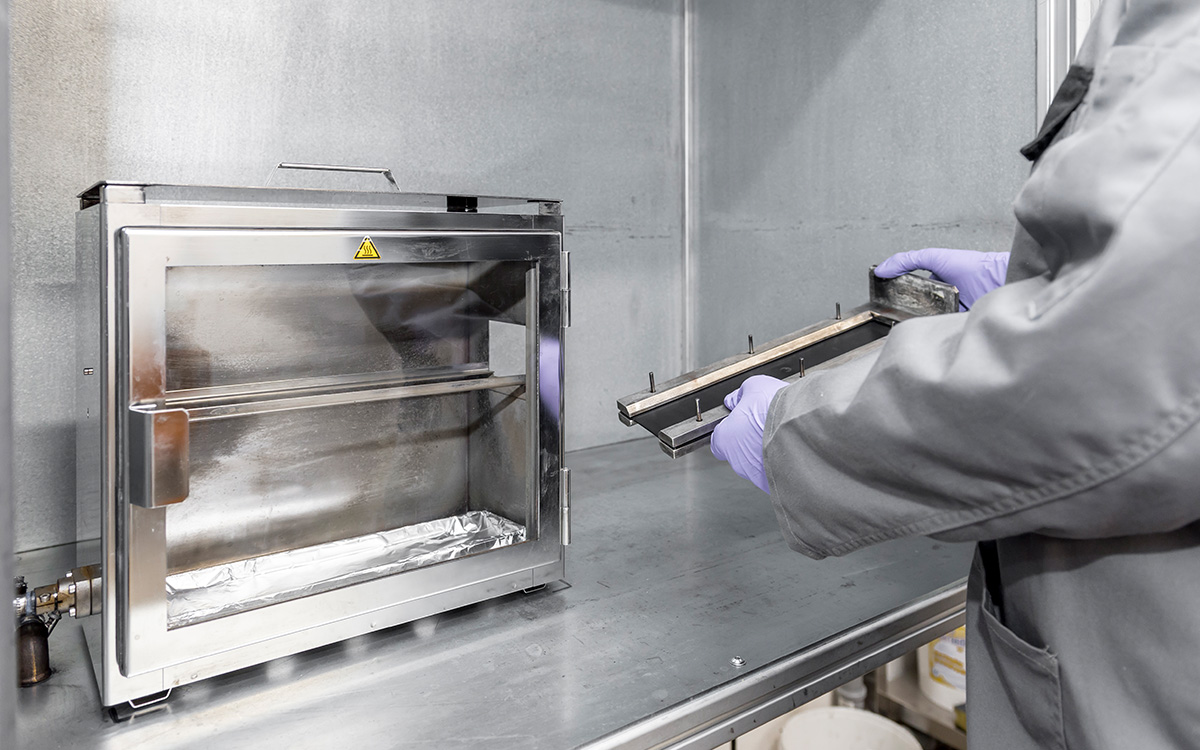
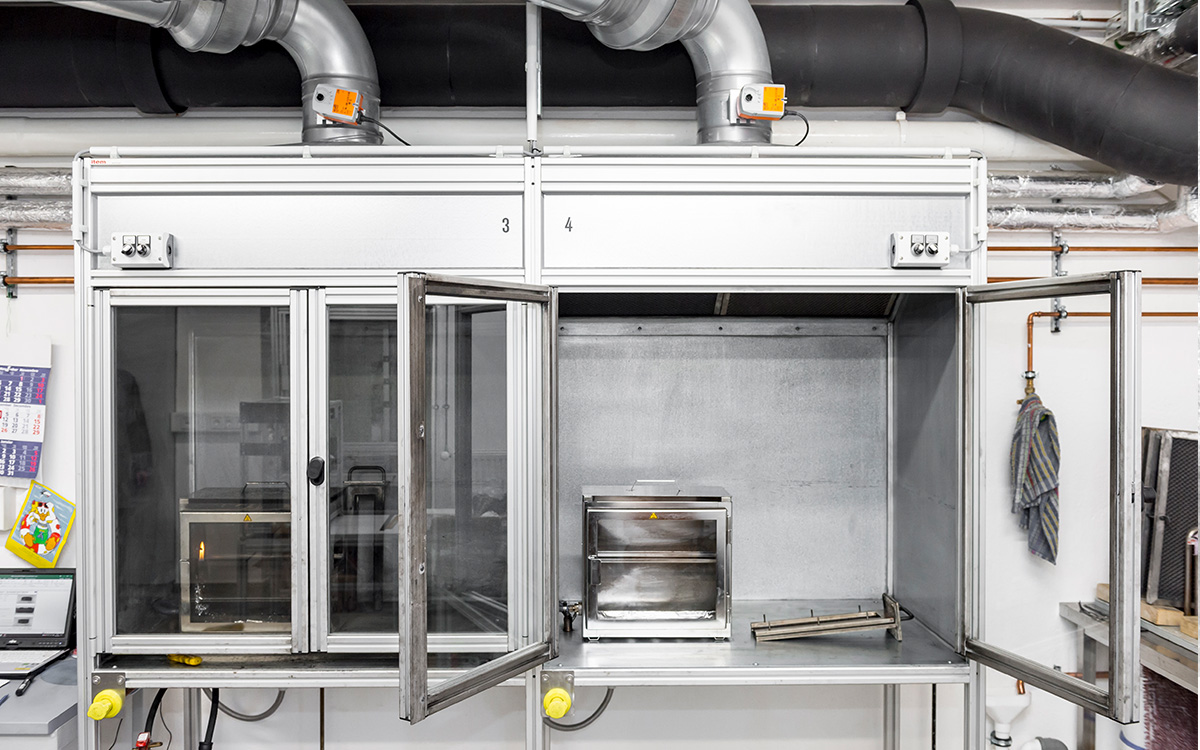
SPACER passes the test
“The results of the tests show that our seat shells meet the test criteria for the ISO 3795 standard without any problems. We already knew that our products meet the highest safety requirements and are now able to officially prove this,” says Kai Rudolph happily. “It is very important for us that the SPACER passed this test with flying colours because safety is becoming more and more crucial and we expect that this certificate could soon be required for more and more racing series,” he explains.

Stricter regulations for more safety
A look at the most recent changes to the regulations of several racing series supports this conclusion. For example, the future-oriented Formula E has regulated the flammability of the seat shell including cladding and energy-absorbing padding according to ISO 3795 in its regulations. The new regulations say: “In addition to the seat shell, the coverings and energy-absorbing padding are now also part of the seat. The cladding materials shall be tested for flammability in accordance with ISO standard 3795. The speed of combustion shall be less than or equal to 75 mm/min.” Even hobby racing series and amateur championships are increasingly following this path.
